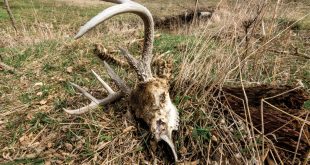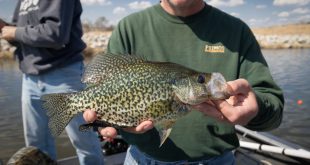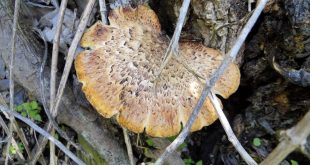Enlarge
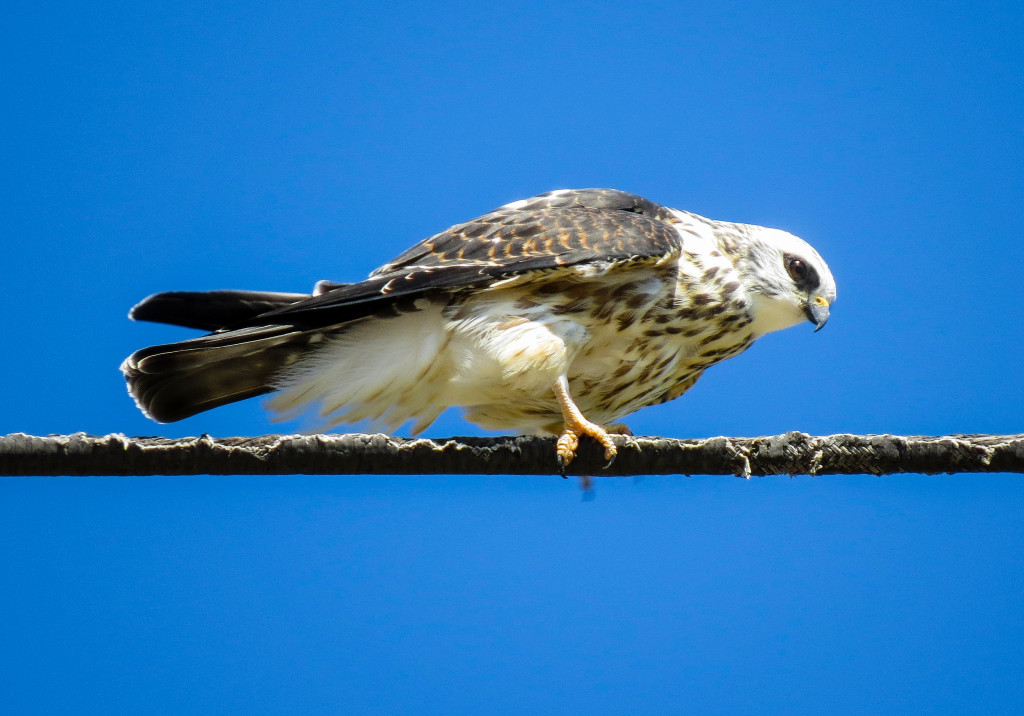
Photo by Joel Jorgensen
By Julie Geiser
The Mississippi kite (Ictinia mississippiensis) is a small raptor that many people don’t know about. After reading this, hopefully you’ll keep an eye on the sky as these graceful birds will leave you admiring them.
The Mississippi kite is about the size of a peregrine falcon; their body length is about 13 to 15 inches, with a 3-foot wingspan. They weigh 7 to 14 ounces. Both the male and female are similar in appearance and have gray bodies with dark gray to black tails and outer wings. Their wings, which resemble a giant purple martin, are pointed, making them aerodynamic when in flight and catching food.
Kites will glide, circle and perform acrobatic movements as they swoop in to catch large flying insects such as cicadas, grasshoppers, beetles, wasps, moths and dragonflies in their sharp talons. Kites will also eat smaller birds, bats, frogs, toads and lizards. Sometimes, they will eat while in flight by transferring prey from their talons to their beak.
Mississippi kites inhabit open wooded areas, wooded river corridors and suburban areas. They nest in colonies, making small, shallow, bowl-shaped structures built out of sticks. The female lays one to three eggs, and both parents incubate the eggs for about a month. Parents take turns feeding themselves when not incubating eggs, which is different than other birds of prey. In other raptor species, the female usually relies on the male to provide her with food as she solely incubates the eggs.
Both Mississippi kite parents will also take care of their young, first providing hatchlings with food regurgitated into the nest and working up to solid foods as the young birds grow older. At about four weeks, young birds begin climbing on branches near the nest, and at five weeks, they will test their wings and make their first flights.
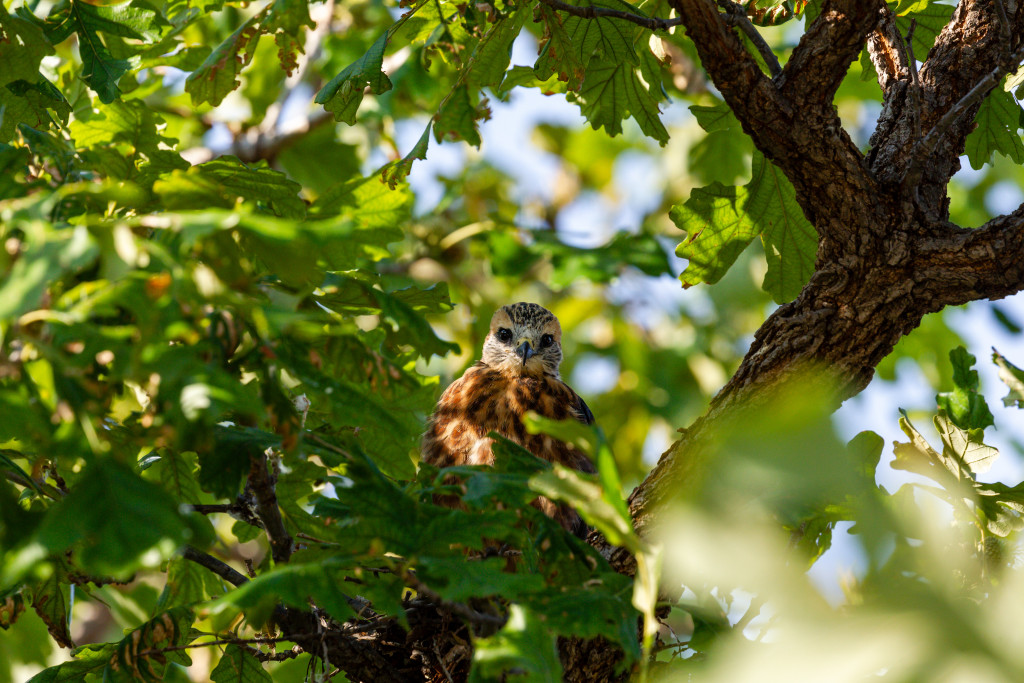
During the mid-1900s, Mississippi kite populations declined, but recently, the species expanded its breeding range into new regions, including in many areas of the Great Plains. This species is known to nest in the southern U.S. from Arizona to northern Florida and into Illinois. More recently, they’ve nested as far north as New Hampshire and Connecticut, and now, Nebraska is on the list. It’s not known for sure why these kites are expanding their range, but tree and hedgerow plantings in the Great Plains have probably contributed to them adapting to urban environments.
Prior to the 1990s, the Mississippi kite was an infrequent summer visitor to Nebraska. In 1991, kites were observed in Ogallala, and the first confirmed nesting activities were documented in August 1994 when 11 birds were counted, and two successful nests were found.
Successful breeding has occurred in North Platte since 2012. Since then, the population has grown, with at least 21 birds reported in July 2021. Nesting has also occurred recently in Scottsbluff, McCook and Lincoln. Reports from many other cities across the state have also increased in recent years.
Mississippi kites typically gather in large flocks as they prepare to migrate to warmer areas for the winter. These birds travel great lengths during their migration through several states before arriving at winter retreats in South America, in places as far as Brazil, Paraguay and Argentina.
Because they travel through a number of states and countries, the Mississippi kite is susceptible to many threats, including weather, exhaustion, starvation and disease.
Currently, though, this species is thriving, but it is still important to protect them.
 Nebraskaland Magazine
Nebraskaland Magazine
